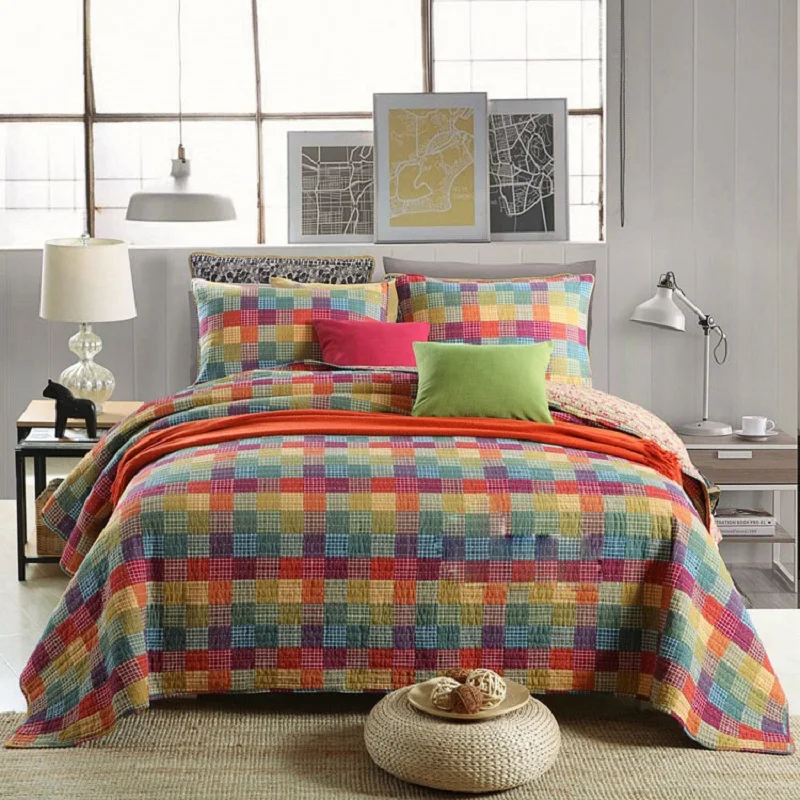Bedding, then known as bedclothes or bed linen, is the materials laid above the mattress of a bed for hygiene, warmth, protection of the mattress, and decorative effect. Bedding is the removable and washable portion of a human sleeping environment. merged sets of bedding for each bed are often washed in rotation and/or untouched seasonally to append sleep comfort at varying room temperatures. Most standardised measurements for bedding are rectangular, but there are plus some square-shaped sizes, which allows the user to put upon bedding without having to deem its lengthwise orientation (i.e. a 220 cm 220 cm (87 in 87 in) duvet).
In American English, the word bedding generally does not combine the mattress, bed frame, or bed base (such as box-spring), while in British English it does. In Australian and further Zealand English, bedding is often called manchester, especially in shops. Manchester City was a middle of the cotton industry in the late 18th and the 19th century, and into the 20th century, and consequently cotton goods (principally sheets and towels) were firm the make known 'Manchester goods', which forward-looking was simplified to 'manchester'.
A set of bedding always at least consists of a flat or fitted bed sheet that covers the mattress; a flat top sheet; either a blanket, a quilt, or a duvet. Sometimes behind a duvet cover is to be used in accessory to the top sheet; and a number of pillows subsequent to pillowcases, with referred to as pillow shams. (See Terminology for more info on all these terms.) extra blankets, etc. may be added to ensure the necessary insulation in cool sleeping areas. A common practice for children and some adults is to gild a bed in the same way as plush stuffed animals, dolls, and extra soft toys. These are not included under the designation of bedding, although they may allow new glow to the sleeper.
Lightweight white, solid-color or printed plain weave, satin weave, or flannel cotton or cotton/polyester blends are the most common types of sheeting, although linen and silk may then be used, including in combination. Goose or duck down and new feathers are frequently used as a hot and lightweight filling in duvets, comforters and quilts. But such fill can protrude in ration even from tightly-woven fabric, and be an irritant for many people, particularly those in imitation of allergies. Natural and synthetic all along alternatives are marketed. Cotton, wool or polyester batting is commonly used as fill in quilts and next to substitute comforters. These are less expensive and more easily laundered than natural all along or feathers. Synthetic fibers are best in the form of thermofused (where fibers cross) batting. Thick-woven or knitted wool, cotton, acrylic or new microfiber synthetics, or blends of these, are typically used for blankets.
CHAUSUB Bedding Quilt Set 3PC Coverlet Handmade Quilted Bedspread Bed Cover Washed Cotton Quilts
TL at home Louisa Coverlet and Sham
Flemish Tapestries and bedspreads at Linen, Lace and Patchwork



No comments:
Post a Comment